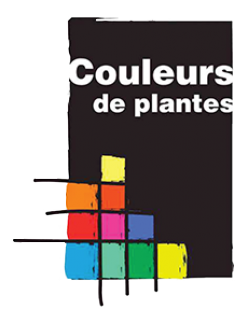Indicative colour
brown-beige
Product available in catalog

Plant extract (ref C16)
Scientific name: Acacia catechu (L.f.) Willd.
French name: Acacia à cachou
English name: Cutch tree
Botanical origin: Pakistan, India, Nepal, Indonesia
Crop production: Indonesia
Part of plant used: wood
Nomenclature
N° CAS: [8001-76-1]
N° EINECS/ EC: 232-291-7
INCI name: Acacia catechu wood extract
CI: 75250 Natural brown 3 (catechin)
Documents available
- Analysis report
- Technical specifications
- Material Safety Data Sheet
- Raw material information data sheet
Historical importance
The Cutch tree is exported from the middle ages from India to China and Japan, then to Europe under the name of “terra japonica.”
The Cutch tree was used for dyeing textile fibbers exposed to weather: fishing nets, boat sails, tarpaulins, tents, and also for leather.
Phytochemistry
Cutch tree contains 55 to 60% of cutch tannins (hence its name): catechins, epicatechins, gallocatechins, epigallocatechins, etc … it also contains flavonols principally quercetin.
Crop production – Manufacturing
The Cutch tree is a thorny tree from low mountain savannah. Cutch is extracted with water from wood heart. The extract is very soluble in water and is a colorfast dye for cotton, wool and silk.
The best yields are obtained with thirty years old Cutch trees. In 1975 the crude production of Cutch t was 5000-6000 tonne/year.
The harvest and extract are made in Asia.

 Online shop
Online shop Private space
Private space Recherche
Recherche Request
Request